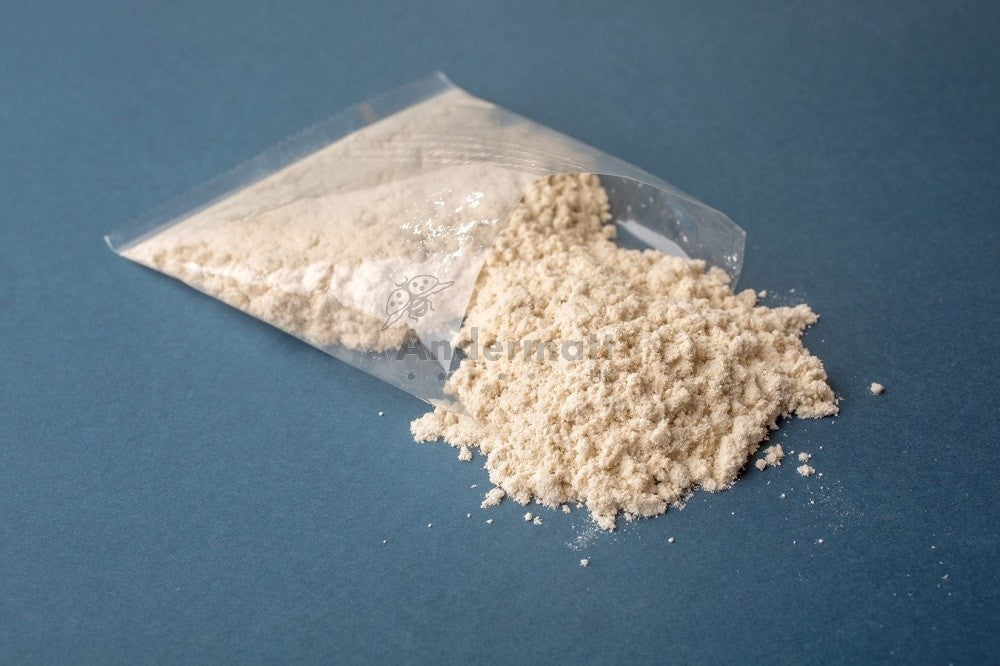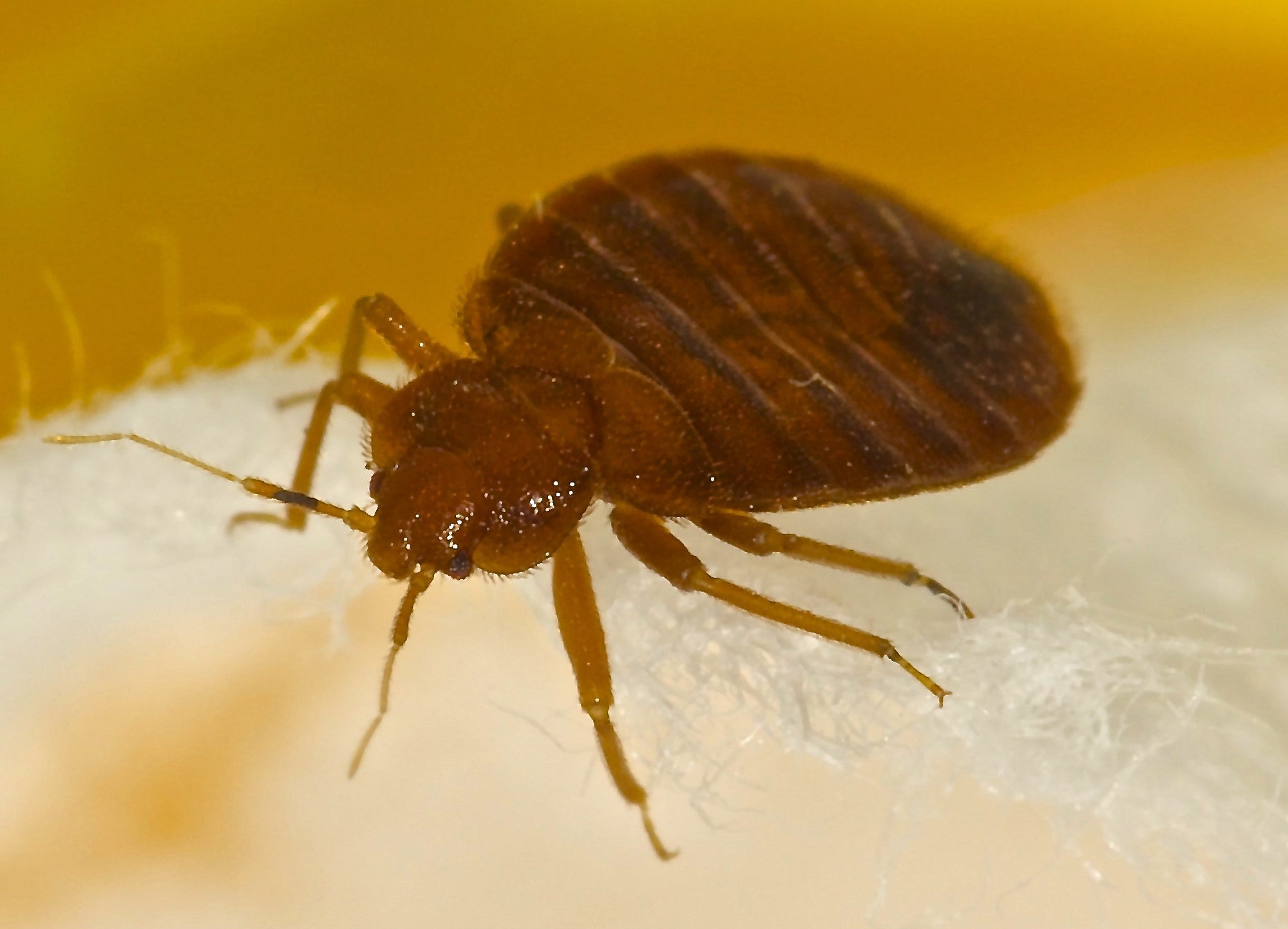
Adult Box Tree Moth can be identified by their white wings and brown trim around their outer edge
What is box tree moth?
The box tree moth (Cydalima perspectalis) is the adult (moth) life-stage of the box tree caterpillar. This insect is pest of box bushes (Buxus spp.), a common decorative garden plant. The box tree moth is easy to identify, with large white wings surrounded by a dark brown trim around the outside of its wings. It is the caterpillars of the box moth which cause the damage to the plants. Similarly the box moth caterpillars are easy to identify with their black heads and yellow and black stripes along their green bodies. Box moth caterpillars feed on the leaves of box bushes leaving brown latches as they defoliate the plant or in extreme cases completely removing the leaves.
Why is box moth caterpillar a problem?
Box tree moth (Cydalima perspectalis) feed specifically on box bush (Buxus spp.). Box bush are common ornamental garden plants often used to provide year round green and they can be shaped to help create structure to a flowerbed. The feeding on the leaves from the box moth caterpillars defoliates the plants removing the green appearance and leaving behind a brown skeleton of the plant. Box tree moth can lay their eggs in their hundreds when they find a bush, which after hatching can result in vast numbers of hungry caterpillars feeding on individual box hedges. Because of this, the speed at which box caterpillars can destroy a box bush is devastating. Early detection of when moths are present to help you protect your box trees is key.
What are the signs of box caterpillar attack?
Box bush are green year-round, which is one reason why they are so popular. With new light green growth in late spring turning to darker green as summer progresses they can provide many shades which change with the gardening year. This is interrupted by box moth caterpillars which quickly turn what seemed like healthy foliage brown, as they consume the green leaves in as little as a week or two. The caterpillars are often too small to notice at first, it is only after closer inspection once faded or brown patches appear that swarms of the green, black and yellow caterpillars are visible.
Another symptom of box tree moth presence is the appearance of white webbing across the box foliage. This white webbing is created by the box tree moth to protect the caterpillars and also helps hide the adult moths concealed in the foliage.
Where has box moth come from?
The box tree moth (Cydalima perspectalis) originates from Asia. It has been moved around the world as a result of hitching a ride on goods and materials transported around the world by humans. It has been spreading across Europe since 2007, first identified as present in the UK in 2008 it has been noted in gardens since 2011. First found in the London area and spreading through the South East, it is now more widely distributed across England and Wales.
The Royal Horticultural Society (RHS) have been organising a survey inviting gardeners to submit the sightings of the pest to help identify the pest. A video of the results of this box tree moth survey showing the spread of the pest can be seen here on YouTube.
How to identify if you have box moth?
There are several ways to check to see if you have box tree moth and caterpillars on your box bushes. Box bush can be inspected regularly to check for presence of the caterpillars and white webbing. Large caterpillars are relatively easy to see, although younger small caterpillars can be difficult hidden among the leaves and pupae are brown and hide themselves by sticking to branches. Brown patches created by feeding caterpillars are easy to see, but can be confused with damage from diseases such as box blight, and by the time they appear the box bush attack is already well underway.
Adult moths are easy to identify. Their large size and distinctive appearance, even when resting, makes them visibly different to other moths and even white butterflies such as cabbage whites. They can be found resting within the box bush, although will also rest on and around other plants in a garden. They fly to light and so may accidentally enter a house if doors or windows are left open in evenings. The most reliable tool for catching box tree moths are pheromone traps. These are plastic traps which are hung around a garden to catch and kill box moth. They have a capsule containing box tree moth specific pheromone added which only attracts box tree moths, not other moths and butterflies from your garden. The male box moth is attracted to these traps where it then falls into a pool of water and drowns.
Why use box tree moth pheromone traps?
Box tree moth pheromone traps are easy to use, and once positioned in a garden require minimal maintenance. The box tree moth trap from Andermatt comes ready constructed, simply add a little bit of water into the base and a pheromone lure into the lid and it is ready to use. Pheromone traps give instant results catching moths from as soon as you set them up. Depending on your location within the UK, adults box moth fly from April to October, after which time the trap can be stored away through the winter ready for use the following year.
Each pheromone lure lasts up to 6 weeks, and can be easily replaced when needed. Replacement box tree moth pheromone lures are available to buy individually and are suitable for any box tree moth pheromone trap which has a cage in the lid.
Related Products
Compact Box Tree Moth Trap
A natural pheromone trap that catches box tree moths. Free next day delivery.
Box Tree Pheromone Refill
A natural pheromone that catches box tree moths, to go inside a box tree moth trap. Free next day delivery.




